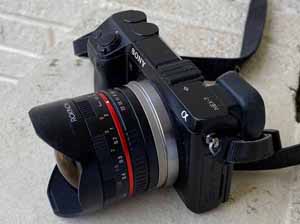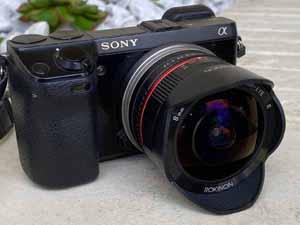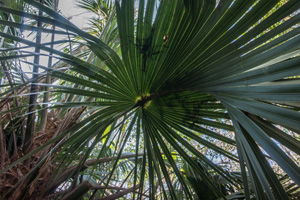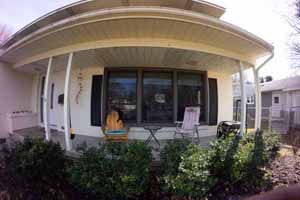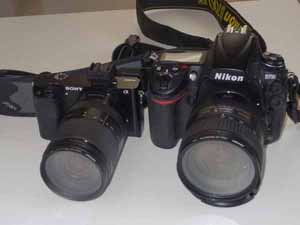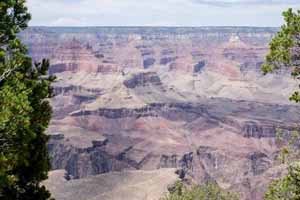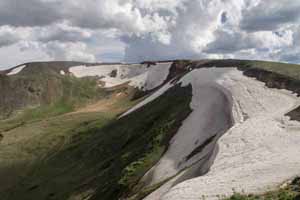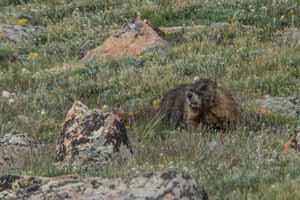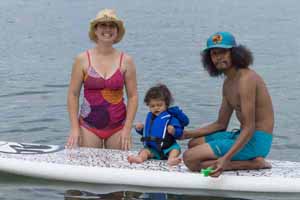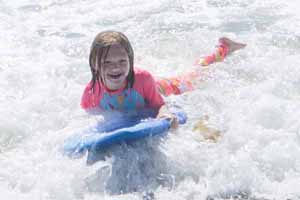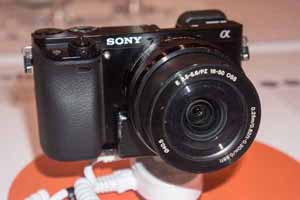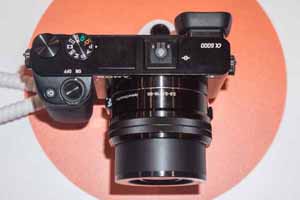Online Magazine
Recent Posts
- Safeguard your Cellphone Photos
- Black & White to Color – Instantly
- Wearing Many Hats
- Video Roundup
- Rescuing Your Blurry Pictures
- Showing Their Age
- What is Your Angle?
- Panorama Photos
- Humorous Photos
- Close Ups
- Fisheye Pictures
- Photo Antiquities
- Printing Big
- Appreciating Scale
- Celebrity Sightings
Tags
More Places to Go
- Free "How-To" Books “How To” books for popular cameras 0
- Vist Us on Facebook keep in touch with us on Facebook 2
Archives
- July 2023 (1)
- March 2023 (2)
- February 2023 (1)
- December 2022 (1)
- October 2022 (1)
- September 2022 (8)
- August 2022 (9)
- July 2022 (1)
- June 2022 (1)
- June 2021 (1)
- May 2021 (1)
- March 2021 (5)
- February 2021 (4)
- January 2021 (2)
- April 2019 (1)
- March 2019 (1)
- February 2019 (1)
- October 2018 (2)
- April 2018 (1)
- March 2018 (4)
- February 2018 (1)
- November 2017 (1)
- August 2017 (1)
- June 2017 (1)
- April 2017 (1)
- March 2017 (5)
- February 2017 (2)
- January 2017 (1)
- October 2016 (1)
- September 2016 (1)
- August 2016 (1)
- July 2016 (1)
- May 2016 (1)
- April 2016 (1)
- March 2016 (2)
- February 2016 (1)
- January 2016 (2)
- December 2015 (1)
- November 2015 (1)
- October 2015 (3)
- April 2015 (1)
- March 2015 (5)
- February 2015 (1)
- January 2015 (4)
- December 2014 (2)
- November 2014 (5)
- October 2014 (2)
- September 2014 (1)
- August 2014 (2)
- July 2014 (1)
- May 2014 (1)
- April 2014 (5)
- March 2014 (5)
- December 2013 (2)
- November 2013 (18)
- October 2013 (1)
- September 2013 (1)
- August 2013 (1)
- July 2013 (1)
- June 2013 (3)
- May 2013 (1)
- April 2013 (2)
- March 2013 (1)
- February 2013 (1)
- January 2013 (1)
- December 2012 (1)
- November 2012 (2)
- October 2012 (2)
- September 2012 (5)
- August 2012 (2)
- July 2012 (1)
- June 2012 (1)
- May 2012 (1)
- April 2012 (4)
- March 2012 (1)
- February 2012 (1)
- January 2012 (3)
- December 2011 (1)
- November 2011 (3)
- October 2011 (1)
- September 2011 (2)
- August 2011 (2)
- June 2011 (3)
- May 2011 (4)
- April 2011 (8)
- March 2011 (8)
- February 2011 (10)
- January 2011 (6)
- December 2010 (11)
- November 2010 (14)
- October 2010 (6)
- September 2010 (12)
- August 2010 (2)
- July 2010 (4)
- June 2010 (3)
- May 2010 (1)
- April 2010 (1)
- March 2010 (2)
- February 2010 (1)
- January 2010 (1)
- December 2009 (1)
- November 2009 (2)
- October 2009 (2)
- September 2009 (1)
- August 2009 (3)
- July 2009 (2)
- June 2009 (1)
- May 2009 (2)
- April 2009 (1)
- March 2009 (2)
- February 2009 (1)
- January 2009 (3)
Fisheye On The Cheap
14th March 2021
A few years ago I upgraded from a Sony NEX7 to the newer Alpha 6000.
The A6000 became my everyday walk around camera. But I didn’t want to let the NEX7 collect dust, nor did I want to spend a lot more investing in more glass.
The one drawback is that this lens is manual aperture control and manual focus but I decided that I could live with these limitations.
The compact size of this camera/lens combination makes it a great way to have a tag along camera and use it for the wide views without having to change lenses.
For many excursions, I carrythree cameras: this fisheye combo, a second with a long lens telephoto (80-400mm) for wildlife and a third with a medium zoom (24mm to 200mm) – all without breaking my back with the weight. In the case of the 8mm fisheye lens, I have a winner at a very decent price.
Having done a little looking around, I know that there are other inexpensive fisheye lenses available for all of the major brand cameras. If you too like the interesting effects that the come from the ultra curved lens surface you’ll be able to find a fisheye to add to your camera bag.
The Sony A6000 Mirrorless
14th August 2014
My 6300-Mile Field Test
On our recent vacation, my camera of choice was Sony’s newest mirrorless camera. While I also brought a much larger Nikon D700 conventional DSLR, I relied mostly on the the Sony A6000. As a comparison, I captured about 150 images with the Nikon D700 and more than a thousand images with the Sony A6000.
My setup was the A6000 coupled with Sony’s 18-200mm lens. This combination is lightweight and compact, produces quality images and just happens to fit beneath the driver’s seat for fast, convenient access.
Hopefully, the following photographic sampler illustrates the A6000’s versatility. I’ll add a few techie details afterwards.
I suppose it doesn’t matter than I traveled 6300 miles with the camera other than I used it under a variety of conditions.
My “film” was a 32GB SD card, but I never filled it with the 200 pictures a day (the camera was set to record simultaneous RAW and JPG images). All in all, I’m very happy with the images that the camera produced. The one small gotcha is that the A6000 has a short battery life – probably due to the electronic viewfinder. Thankfully, I had an extra battery that I carried along.
Since this is my third Sony mirrorless camera, you can safely assume that I’d recommend this camera to others. In fact my daughter must have agreed with my assessment and purchased one.
For those interested, here’s a few of the technical specs for the A6000:
Sony A6000 os a mirrorless with a 24MP sensor. One of the reasons for choosing this camera is its fast and accurate hybrid focusing system that allows up to 11 frames per second capture. Other proven features are its “sweep panorama”, automated HDR capture, easy exposure bracketing, and Sony’s proven video recording.
List price for the A6000 body without lens is $650. The 18-200mm lens cost $850, more than the body but this single lens allowed me to enjoy the scenery without clutter of additional lenses.
Written by: Arnie Lee
Sony Alpha 6000
17th April 2014
Sony’s Newest “MILC” – Mirrorless Interchangeable Lens Camera
I’m apolitical when it comes to camera brands. I use equipment from Canon, Nikon, Sony, Olympus, etc.
When traveling for assignments I carry a quality camera and several lenses. For the past few years I’ve gravitated towards the smaller and lighter cameras. What’s more is that lenses for these cameras are also smaller and lighter too so packing is easier.
My go-to camera is now a Sony NEX7 which is half the size and weight of the Canon 6D or Nikon D800. But the one downside of the NEX7 is its slow focusing speed and accuracy in low light situations.
Naturally I was interested in seeing the new Sony A6000 at the Wedding and Portrait Photographers International Expo last month. This new model addresses the focusing issue by using “hybrid” phase detection for fast response combined with contrast detection for improved accuracy. Sony claims that the A6000 can record an amazing 11 frames per second with continuous autofocus. Whether shooting still or video this is a welcome and impressive feature packed into a camera this size and cost.
The A6000 at WPPI was equipped with a 18-50mm lens. Sony calls it a PZ “power zoom” in that it has a small button which automatically zooms in and out when depressed. When retracted this camera/lens combo is quite compact, yet it fits comfortably in my hands. The specs say that the camera body weighs less than 13 ounces – how’s that for a weight saver?
The A6000 has most of the same features of the NEX7 such as in-camera HDR, sweep panorama and multi-frame noise reduction. For me a bonus is the built-in wifi for transferring images to a mobile or computer device and the downloadable apps (for an additional charge) such as time lapse, automatic backup, photo sharing.
The Sony rep told me that the A6000 will be available about April 23rd. Price for the A6000 body is $649; for the A6000 with 18mm-50mm PZ lens is $799.
I have an A6000 on order and am looking forward to this as an upgrade to my NEX7.
Written by: Arnie Lee

